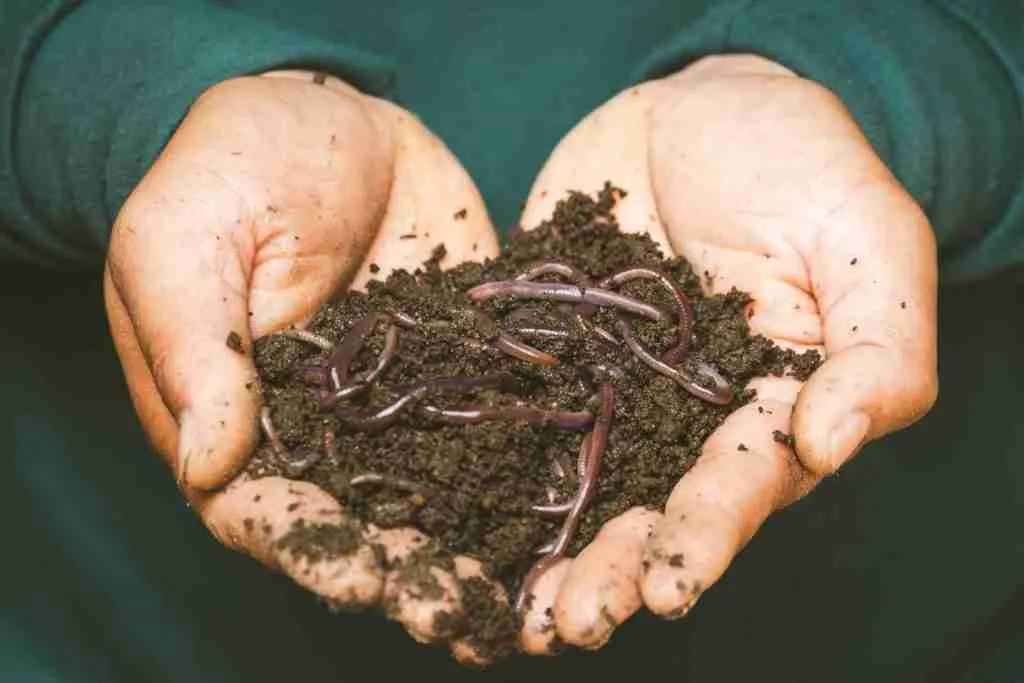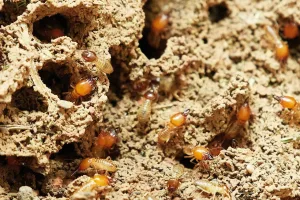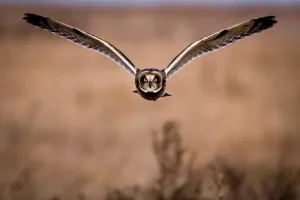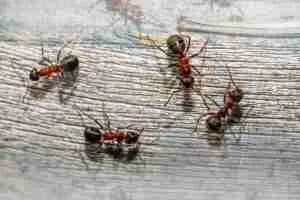26 Fun Facts about Worms | Tiny Titans
-
Some worms can grow a whole new body from a single lost segment!
-
Worm species can survive completely submerged in water for long periods.
-
Worms have tiny hairs called setae, which act like muscles to help them burrow.
-
Worms can turn a pound of food scraps into nutrient-rich castings daily!
-
Worms are surprisingly sensitive to vibrations, helping them avoid predators.
-
Worms can detect light and darkness to regulate their behavior.
-
Worms gather in large groups during mating season, a wriggling social event!
-
Worm fossils dating back hundred of millions of years.
-
Worms are both male and female, but still need a partner to reproduce.
-
Worms process tons of organic matter each year, keeping our soil healthy.
-
Worms have multiple tiny muscles that allow them to move.
-
Worms can consume their own weight in dirt every single day!
-
Worm castings help regulate soil acidity.
-
Worms use vibrations to communicate with each other.
-
Worms do have a basic nervous system that controls movement and senses light.
Table of Contents
1. Worms are hermaphrodites.
Worms possess both male and female reproductive organs. However, they cannot fertilize themselves and need a partner for reproduction.
During mating, two worms align themselves and exchange sperm, each producing a cocoon from which baby worms will hatch. This unique process allows for efficient reproduction in their environment.
2. Worms can live up to 8 years.
While the average lifespan of a worm is about 1-2 years, some species can live up to 8 years in a stable environment.
Factors like predation and environmental conditions greatly affect their longevity in the wild, often reducing their lifespan.
3. Worms do not have eyes.
Instead of eyes, worms have light-sensitive cells that help them detect light and dark. This adaptation is crucial for their survival underground.
These cells enable worms to avoid harmful sunlight, which can dry them out and lead to their demise.
4. The largest worm was 22 feet long.
READ ALSO: 22 Fun Facts About Rabbits | Hopping Wonders
The longest recorded worm was found in South Africa, measuring an astonishing 22 feet in length.
This giant earthworm far exceeds the typical length of most species, showcasing the diverse range of worm sizes.
5. Worms have tiny bristles called setae.
Worms use tiny bristles, or setae, on each segment of their bodies to grip and move through the soil.
These bristles are essential for their locomotion and ability to navigate their subterranean environment.
6. Worms breathe through their skin.
Worms absorb oxygen directly through their skin, which must remain moist for them to survive.
This respiratory method is why worms are often found in damp, humid environments.
7. Worms are crucial for soil health.
By burrowing and feeding, worms aerate the soil and facilitate nutrient recycling, significantly benefiting plant growth.
Their activity improves soil structure and fertility, making them invaluable to ecosystems and agriculture.
8. Some worms can regenerate lost segments.
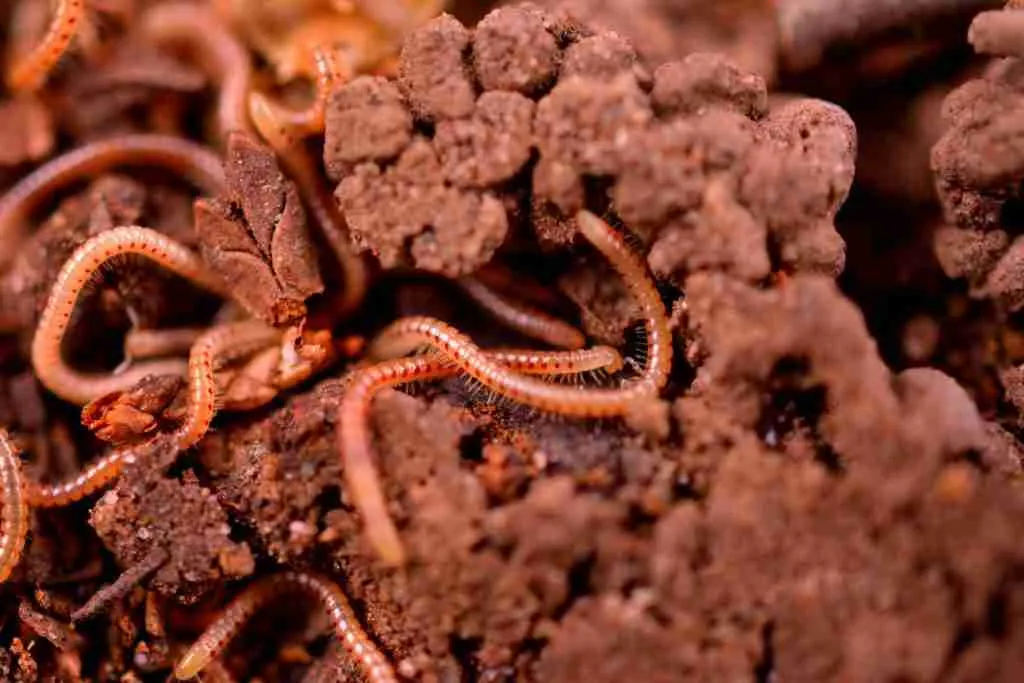
READ ALSO: 22 Fun Facts About Kangaroos | Hopping Pouches
While not all worms can regenerate, some species can regrow lost parts if the injury is not too severe.
This remarkable ability helps them survive injuries and maintain their role in the ecosystem.
9. Worms produce their weight in excrement daily.
Worms are efficient processors of organic matter, producing excrement equivalent to their body weight each day.
This excrement, known as castings, is a highly nutritious fertilizer that enriches the soil.
10. There are over 6,000 species of earthworms.
Earthworms are incredibly diverse, with over 6,000 known species found across various environments worldwide.
This diversity allows them to adapt to different soil conditions and climates, contributing to their widespread presence.
11. Worms are 90% water.
Worms’ bodies are composed of about 90% water, making them highly susceptible to dehydration.
This high water content is vital for their survival and physiological functions, including movement and respiration.
12. Worms predate dinosaurs.

READ ALSO: 23 Fun Facts About Fish | Under Water Secrets
Worms have been on Earth for over 600 million years, long before dinosaurs appeared.
Their ancient lineage highlights their adaptability and enduring presence in various ecosystems.
13. Worms can survive underwater.
Some worm species can live underwater for extended periods due to their ability to absorb oxygen through their skin.
This adaptation allows them to endure flooded environments and maintain their ecological roles.
14. Worms are big eaters.
Worms can consume a third of their body weight in organic matter daily. This remarkable feeding ability helps them play a crucial role in soil fertility.
They use a part called the gizzard to grind their food, turning it into nutrient-rich castings that enrich the soil, making it more fertile for plant growth.
15. Worms have five pairs of hearts.
Worms possess five pairs of aortic arches that function similarly to hearts. These “hearts” pump blood throughout their bodies, ensuring efficient circulation.
Despite their simplicity compared to human hearts, these structures are vital for the worm’s survival, aiding in the distribution of nutrients and oxygen.
16. Worms are sensitive to vibrations.
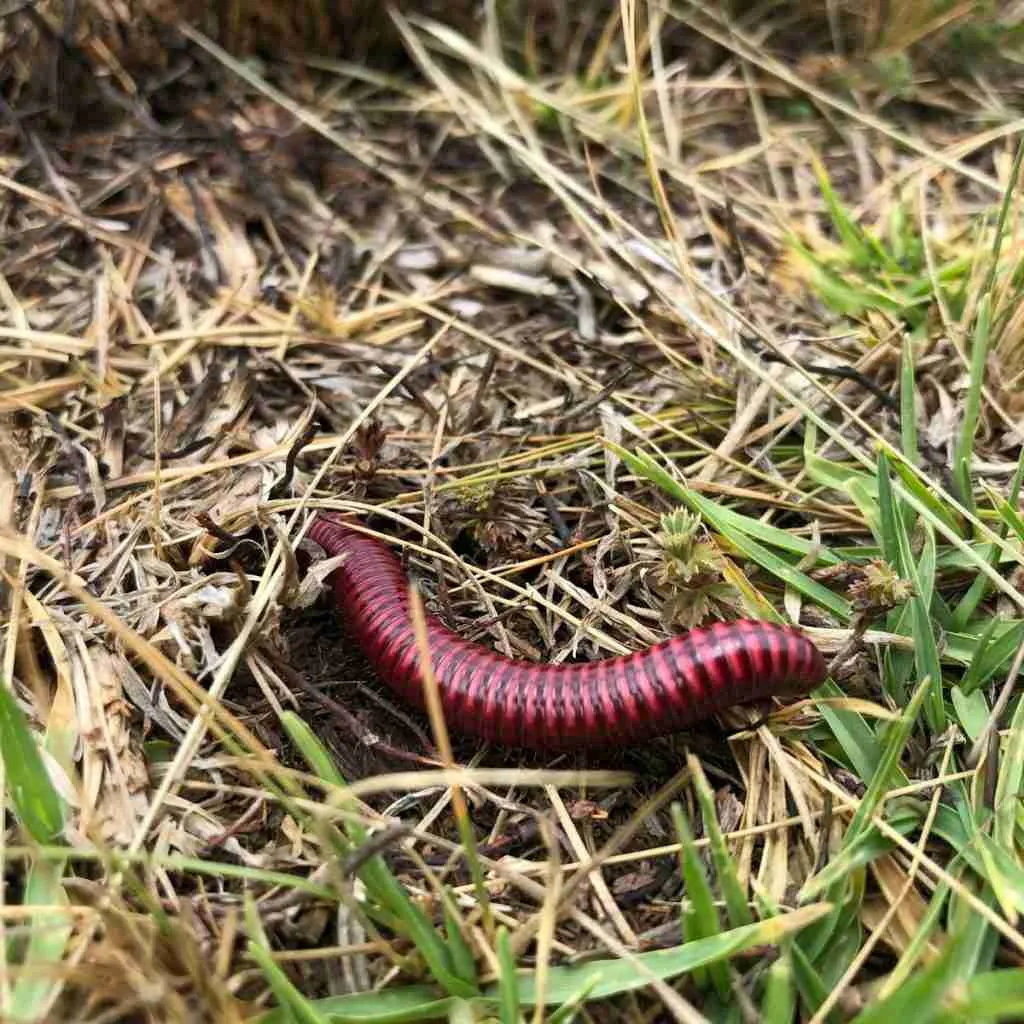
READ ALSO: 24 Fun Facts About Animals That Will Blow Your Mind
Worms lack ears but are highly sensitive to vibrations in their environment. This sensitivity helps them avoid predators and navigate their surroundings.
By sensing vibrations, worms can detect potential threats and retreat into their burrows, enhancing their chances of survival.
17. Worms do not have lungs.
Worms breathe through their skin, relying on a process called cutaneous respiration. This requires their skin to remain moist.
This unique respiratory system means worms thrive in damp environments and can suffocate if their skin dries out.
18. Worms improve soil structure.
The burrowing activity of worms aerates the soil, allowing air and water to penetrate deeper layers. This is crucial for plant root health.
By creating channels in the soil, worms help reduce soil compaction, promoting better water infiltration and root growth.
19. Worms play a role in decomposition.
Worms accelerate the decomposition process by breaking down organic matter more efficiently than microbes alone. This helps recycle nutrients back into the soil.
Their continuous feeding on decaying material fosters a sustainable ecosystem, enriching the soil with vital nutrients.
20. Worms have a basic brain.
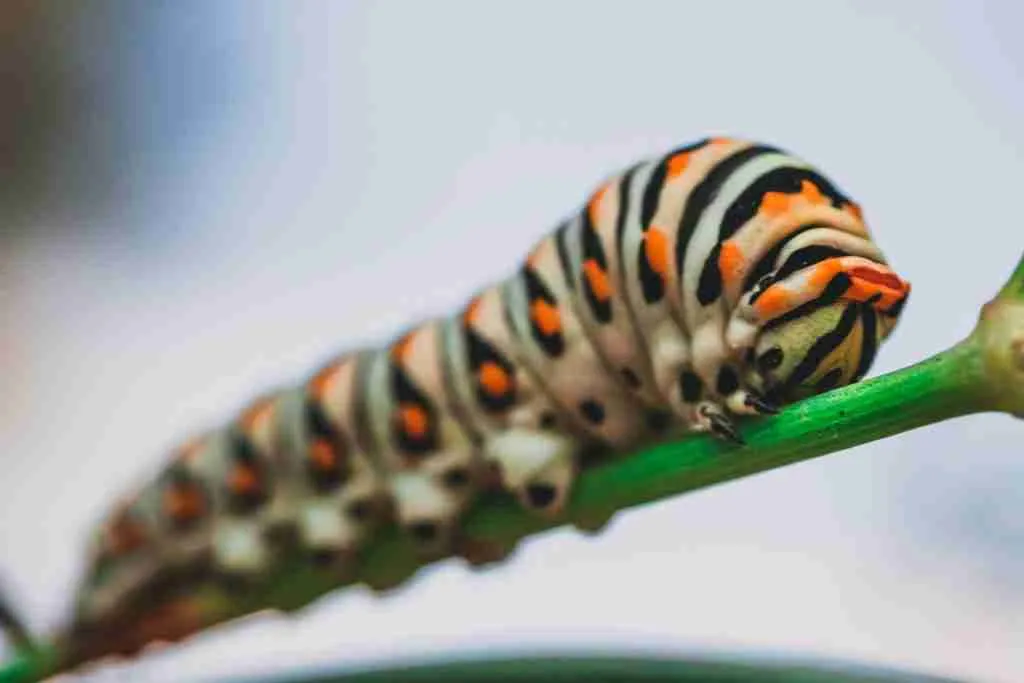
READ ALSO: 24 Fun Facts About Pigs | Ready To Say Awww
Despite their simple structure, worms have a basic brain connected to their muscles and epidermis by nerves. This allows them to detect vibrations and other stimuli.
This simple nervous system helps them respond to environmental changes and navigate their underground habitat.
21. Worms can regenerate lost segments.
Worms can regenerate lost body segments, a remarkable survival trait. This ability is due to specialized cells that can differentiate into various tissues.
Regeneration helps worms recover from injuries and continue their essential ecological roles.
22. Worms communicate through vibrations.
Worms use vibrations to communicate with each other, coordinating activities like feeding and mating. This method helps them interact despite their lack of vision and hearing.
This communication strategy is crucial for their survival, ensuring they can find mates and food sources effectively.
23. Worms are hermaphrodites.
Worms possess both male and female reproductive organs but still require a mate to reproduce. This adaptation increases their chances of reproduction in varied environments.
During mating, they exchange sperm and produce cocoons from which baby worms hatch, continuing their population growth.
24. Worms have no eyes but sense light.
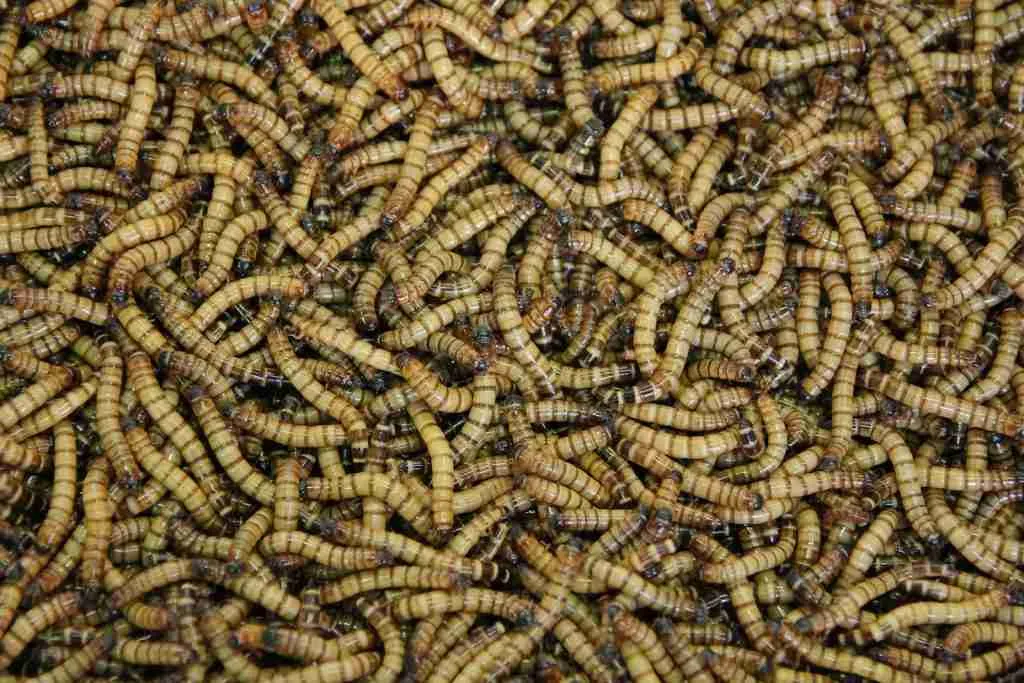
READ ALSO: 22 Fun Facts About a Cheetah | Speed and Grace
Worms lack eyes but have light-sensitive cells on their bodies that help them detect light. This adaptation helps them avoid harmful sunlight.
These cells enable them to stay underground, where they are safer from predators and environmental hazards.
25. Worms can help control soil pH.
Worms contribute to soil health by helping to regulate soil pH. Their castings can neutralize acidic or alkaline soils, making them more suitable for plant growth.
This ability to influence soil chemistry underscores their importance in maintaining healthy ecosystems.
26. Worms are ancient creatures.
Worms have existed for over 600 million years, predating many other life forms on Earth. This long history highlights their adaptability and resilience.
Their ancient lineage demonstrates their crucial role in ecological processes over millions of years.
FAQs
Finding worms in stool typically indicates a parasitic infection. Common parasitic worms that may appear in human stool include roundworms, tapeworms, and pinworms. Medical treatment is necessary to eliminate the infection and prevent further health issues.
If you find a worm in your poop, it is important to consult a healthcare provider promptly. A doctor can diagnose the specific type of worm and prescribe appropriate medication. Maintaining good hygiene and proper food handling can help prevent future infections.
Signs of a parasite in stool can include visible worms, eggs, or segments of worms, as well as symptoms like diarrhea, abdominal pain, and weight loss. Parasitic infections are diagnosed through stool tests. Treatment typically involves antiparasitic medications to eradicate the infection.
Common types of worms that infect humans include roundworms, tapeworms, hookworms, and pinworms. Each type of worm causes different symptoms and health issues. Diagnosis and treatment by a healthcare provider are essential to manage these infections effectively.
Different types of worms include roundworms, flatworms, and segmented worms. Roundworms, such as Ascaris and pinworms, and flatworms, such as tapeworms and flukes, commonly infect humans and animals. Each type of worm has unique characteristics and requires specific treatments to eliminate.

